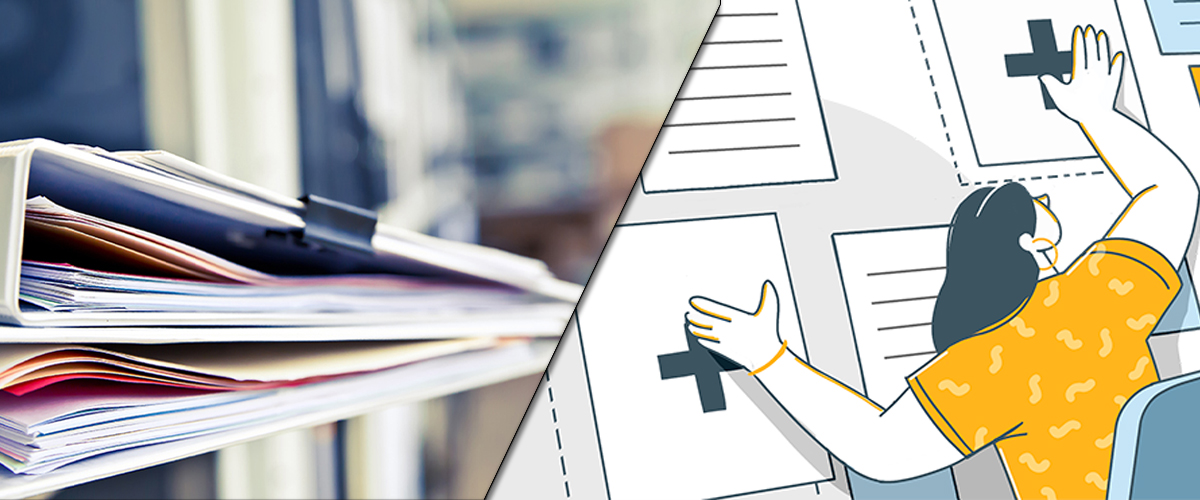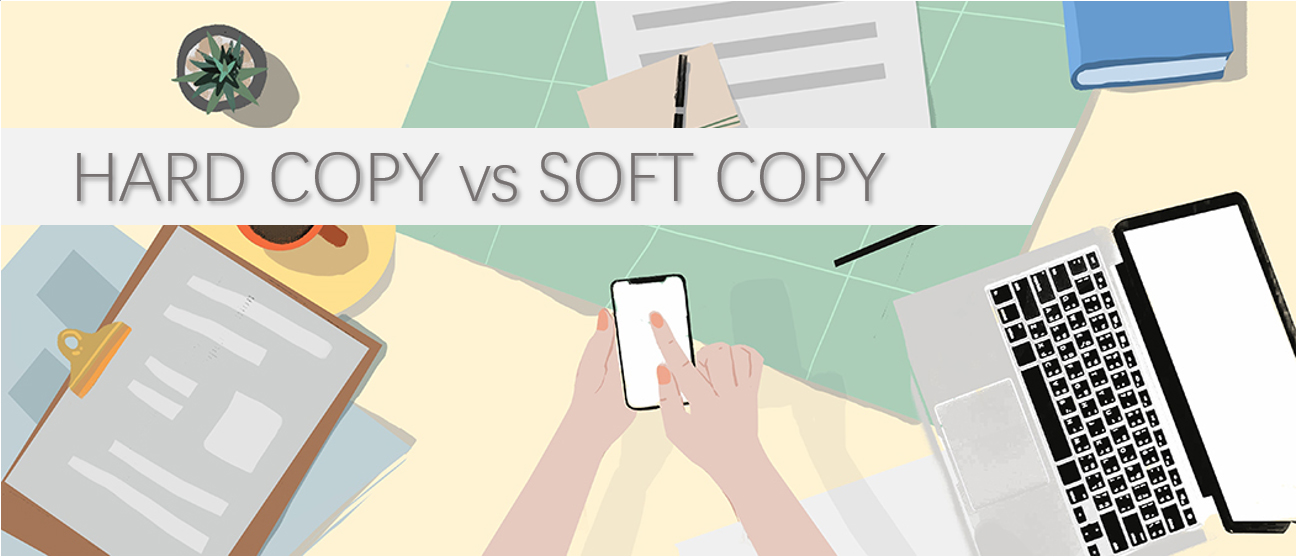These days many translators still retain the habit of translating directly from hard copies such as paper pages or pages from books. This will inevitably bring additional risks to the quality and integrity of translations and hinder the utilization of search aids – the most important activity in translation. In this post, I will give a number of views, which are also my practical experiences, for you to get your own ideas.
What are hard copies?
First, what exactly are hard copies? Many people think that hard copies are, physically, printed copies, for example a book, a file, etc. And is this true that any data that can be saved on your computer is soft copies?
My view is that translation documents classified as hard copies include (but are not limited to) the following types:
- Documents printed on paper, like, say, a contract pack or a picture
- Photos taken and saved on computers
- Documents scanned and saved on computers
- A read-only PDF text.

Why you shouldn’t translate directly from hard copies?
Direct translation from hard copies is a long-standing method and used by many. However, translating from hard copies also means that you have to focus on many tasks at the same time, which usually include (1) reading the details of the hard copy, (2) trying to come up with a translation strategy, (3) looking up terms, (4) studying technical meanings, (5) refining sentences and (6) actually typing the translation. A normal person will certainly encounter certain difficulties when the document that needs to be translated is too long, too complex or contains too many figures and tables as well as details.
Below are a number of issues you may run into when translating multiple-page documents directly:
- Omission of details, even omission of a whole sentence or paragraph
- Incoherent and incohesive translations
- Data uncertainty
- Difficulties when the source document has too many images, charts or tables
- Difficulties in quality control
- Inability to apply advanced translation tools into the translation process.
What should translators do when asked to translate a hard copy?
When receiving a hard copy, the first thing you should think of is digitizing it. Digitizing doesn’t mean you have to sit down and type a document in full. These days there are a range of tools with OCR (optical character recognition) feature that help you easily convert hard copies (whose contents are not copyable) into soft ones. The most common and powerful OCR tool is now ABBYY FineReader (Click here to download).
At AM Viet Nam, we have a dedicated DTP team to assist with this task. In the case of a soft copy, you can make use of advanced translation tools, such as:
- Machine translation engines
- CAT (computer-assisted translation) tools
- Xbench (translation control tool)
Besides, when a soft copy is available, you can save your translation as a translation memory (TM) or as a bilingual text. This makes it easy to look up and make use of translated content, doing away with the time needed for re-translation. Over time, this data will become an intellectual asset of yours and greatly assists you with your work. Apart from that, you can also share this resource with others, thereby helping to ensure consistency when multiple people are involved in a translation project.






